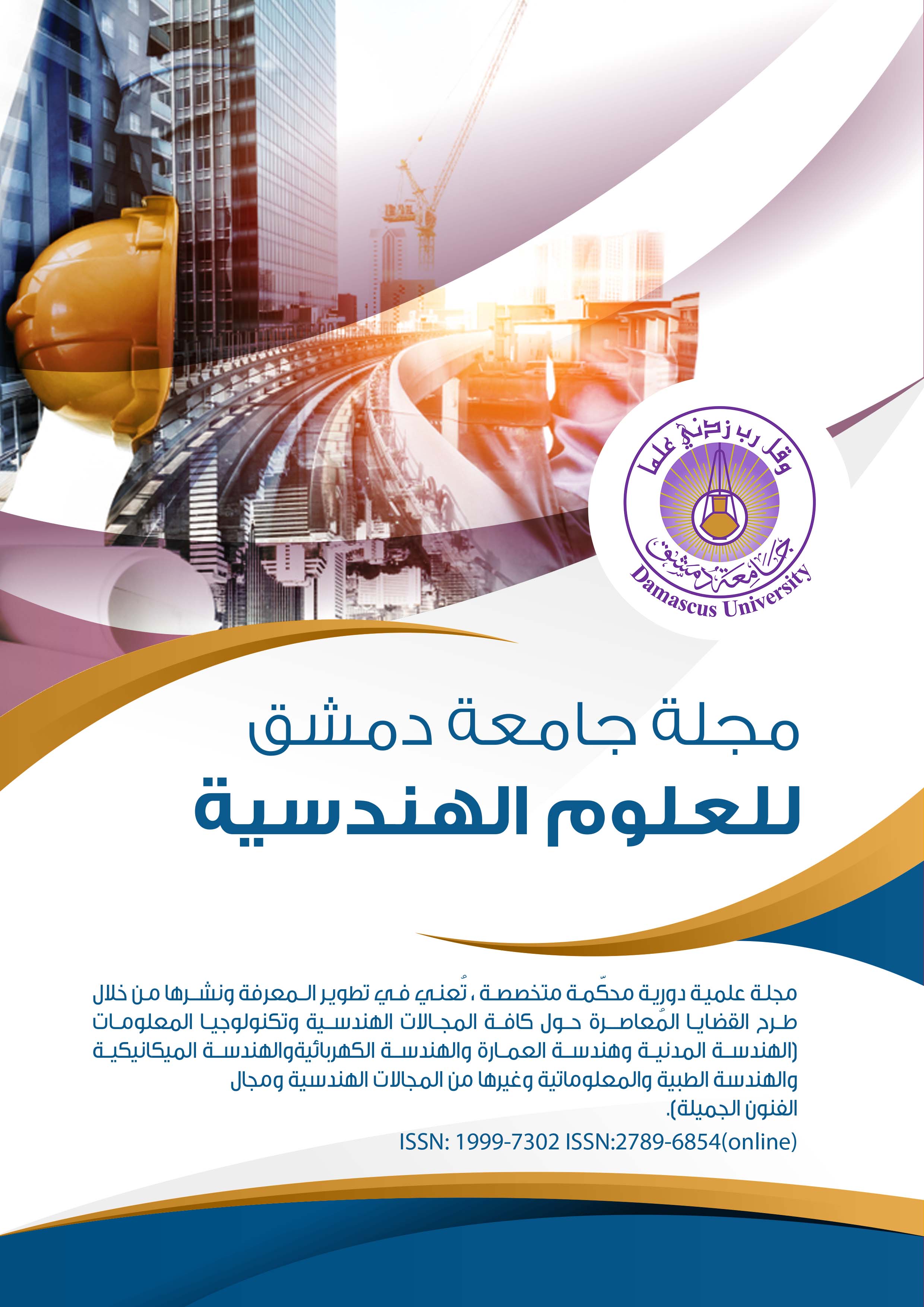Using modern methods for risk management in Syrian spinning companies
Keywords:
production capacities, future risks, Cox regression, prediction analysis, Time seriesAbstract
The textile industry companies generally suffer from productivity and other administrative problems, which lead to the low quality of products and the inability to make the right decision at the right time, in addition this led to the high costs for each product and non-use of advanced management methods and inability to avoid the errors during the production process. The main reasons of those problems are the lack in applying risk management systems and non- using of techniques which assist to detect the risk and evaluate it and thus reduce its negative effects and find appropriate solutions for those problems before it occurs through right management, the applying of these techniques enhance the advancement and development of Syrian textile industries to compete with the global textile industries.
The research aims to apply methods that reduce the risks that companies may face in the future after evaluating its current performance and identifying its strengths and weaknesses. These techniques are (Cox regression, prediction analysis) Depending on the study variables. The study was carried out on Al-Waleed Company and it was found that there is a continuous rise in the actual costs to reach (9800) SP, while the production capacity reached (1910) tons at the end of the year (2024), lower than the previous years, it can be said that the company is experiencing an increase in the actual costs of producing yarn and a decrease in production capacities.

